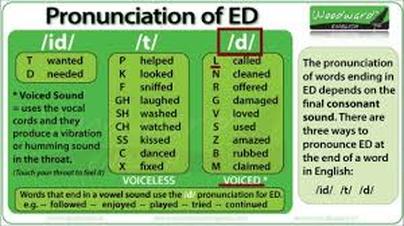 The Present Perfect tense is all about "unspecified" or non-specific time in the past. This can be very confusing. The Present Perfect can be used in several ways. 1) It may be used to describe your personal experience. For example, you might say, "I have seen that man before." Or, "I have never been to Florida." 2) You can also use the Present Perfect to talk about change that has happened over time. For instance, you might say something like this: "Cell phones have become a necessity to many people." Or, "My English has gotten better since I started taking English classes." Those are two ways that we commonly use the Present Perfect tense. To review other usages of this tense, click here. Click on the links below to practice the Present Perfect Tense. In the Present Perfect Continuous tense, we are talking about an action that has begun in the past, but it is continuing into the present. This tense is used to emphasize duration. Here is some information and some practice exercises for this tense: Present Perfect Continuous 1 Present Perfect Continuous 2 https://www.englishclub.com/grammar/verb-tenses_present-perfect-continuous.php  "The simple past is a verb tense that is used to talk about things that happened or existed before now. Imagine someone asks what your brother Wolfgang did while he was in town last weekend.
To read more about the Past Tense, how to formulate it, how to make it negative, and how to make a question, click here. To practice the past tense, click on the following: Past Tense Practice 1 Past Tense Practice 2 Past Tense Practice 3 Irregular Past Tense Practice 1 Irregular Past Tense Practice 2 Irregular Past Tense Practice 3 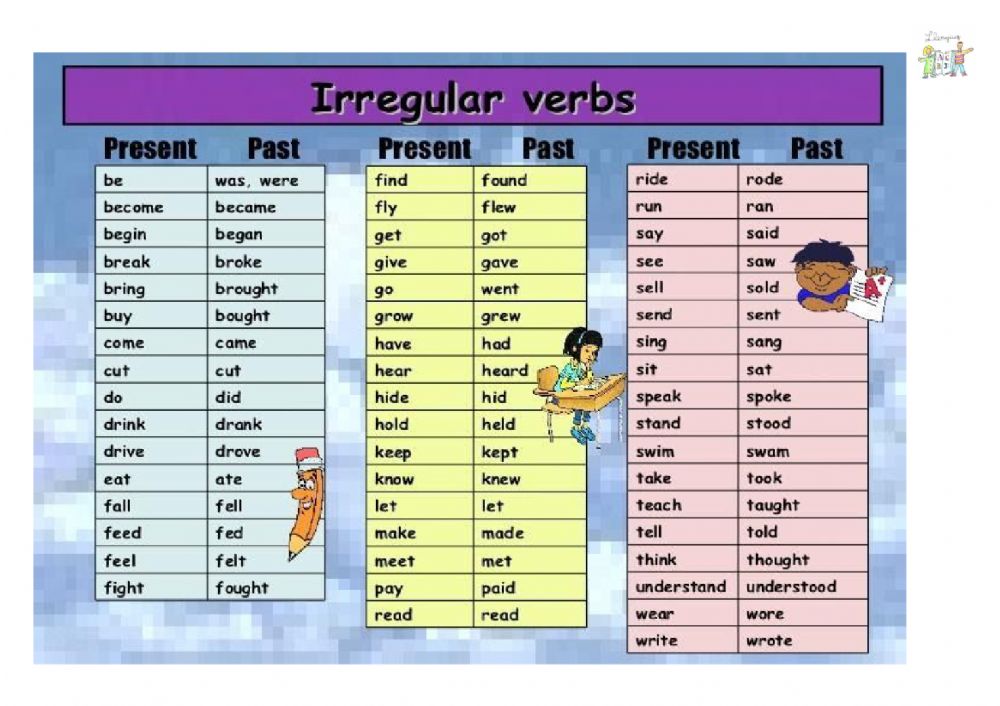 When you are learning and practicing irregular verbs in English, it is always helpful to have a list nearby. Why? Because there are so many of them. Here is a link that has several different irregular verb lists that you can print off: Irregular Verb Lists 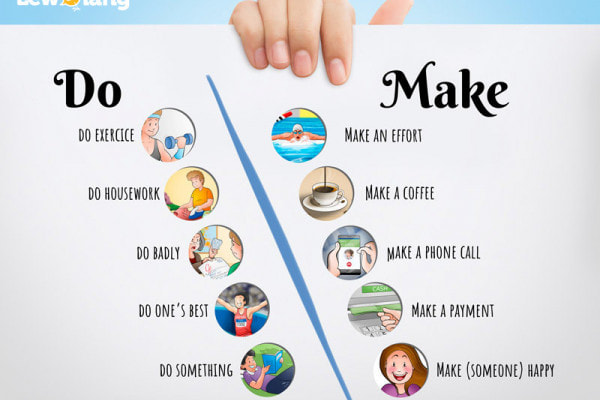 Question: “What is the difference between "make" & "do"? How and when should I use them?” Answer: “Make” and “do” are similar verbs in English. There are some words that go together with “make” and others that go together with “do.” In other words, there are fixed expressions in English with both of these verbs, and you just have to learn them. But there are general rules you can follow:
To review more information on this topic, click here or here Here are some practice exercises: 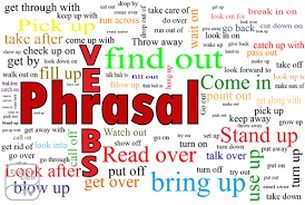 [From gingersoftware.com] "What are Phrasal Verbs? A phrasal verb is a combination of words (a verb + a preposition or verb +adverb) that when used together, usually take on a different meaning to that of the original verb." To learn more about phrasal verbs click here Click here for another website that provides more information about phrasal verbs as well as some examples. To practice using and interpreting phrasal verbs correctly, click on the following links: Phrasal Verb Practice 1 Phrasal Verb Practice 2 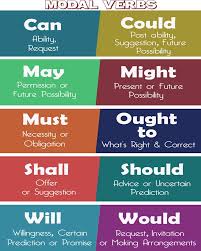 What are modal verbs? Modals (also called modal verbs, modal auxiliary verbs, modal auxiliaries) are special verbs which behave irregularly in English. They are different from normal verbs like "work, play, visit..." They give additional information about the function of the main verb that follows it. They have a great variety of communicative functions. Here are some characteristics of modal verbs:
To read more about modals or to practice using modals, go to My English Pages.com Here are some other links to practice exercises: 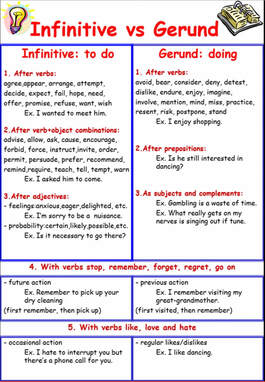 A gerund is not a verb. It is a verb form, and it has an -ing ending (also known as a present participle). Most any action verb can be used as a gerund. An infinitive is the most basic form a verb. It is "to + verb." The infinitive does not act like a verb. Instead it acts like a noun, adjective, or adverb might in a sentence. Both gerunds and infinitives are considered verbals. Sometimes referred to as "verb complements," gerunds and infinitives often follow verbs. When this happens, they are functioning as subjects or objects. To learn more about gerunds and infinitives and to practice using them correctly, click on this link: Englishpage.com. Other helpful resources on this topic:
Click on the link below to review and practice the -ed endings. Included are explanations and examples of the three possible "ed" ending pronunciations (t, d, id). Free online pronouncing "ed" endings lessons and exercises. Also, be sure to check out the video below which will help you review the three endings. 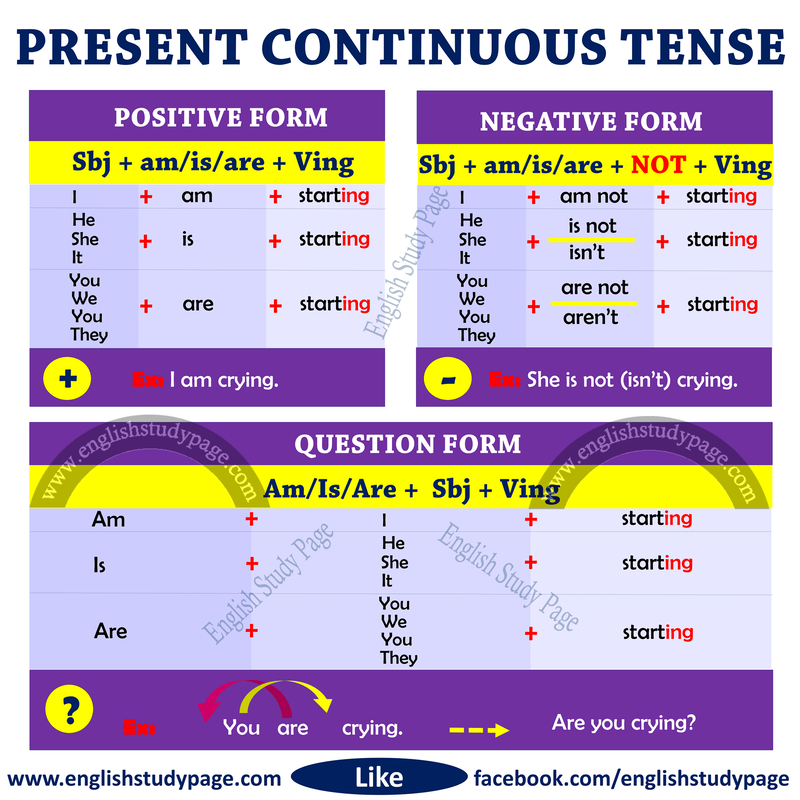 "The present continuous (also called present progressive) is a verb tense which is used to show that an ongoing action is happening now, either at the moment of speech or now in a larger sense. The present continuous can also be used to show that an action is going to take place in the near future. Read on for detailed descriptions, examples, and present continuous exercises." To continue reading about the Present Continuous tense and to practice using this tense, click HERE To read about how and when to use Simple Present vs. Present Continuous, click HERE Did you know that there are 12 different verb tenses in the English Language? It's easiest to think of them in four groups: simple, continuous, perfect, and perfect continuous. Remember, some textbooks refer to the continuous as "progressive."
To form these tenses, one must use one or more of the 4 Principal Parts of a Verb. These include 1) the base/present form, 2) the past form, 3) the past participle form, and 4) the present participle form. From these, you can also create the 3 Verbals found in the English language (more on those another time). If you would like to print out a chart of 12 verb tenses, click here. If you wish to review the 4 Principal Parts, click here. |
AuthorMy name is Craig, and I've been teaching English for many years. I initially created this site for my students, but all English learners are welcome. I hope you find something helpful to you. Feel free to leave suggestions or ideas in the Comments section under any entry. Categories
All
|

